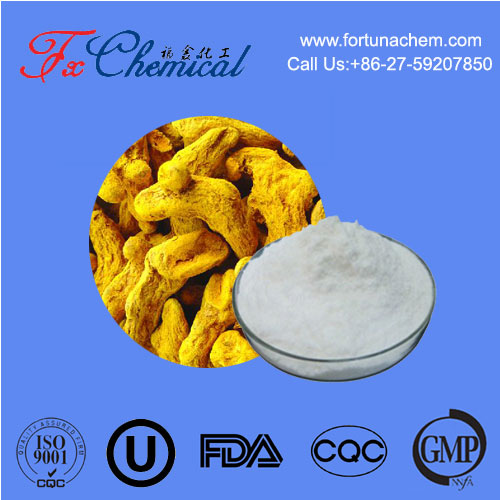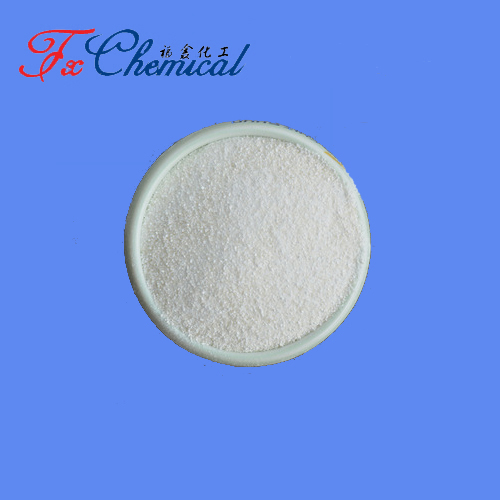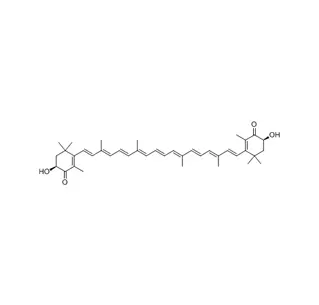
Search

Search

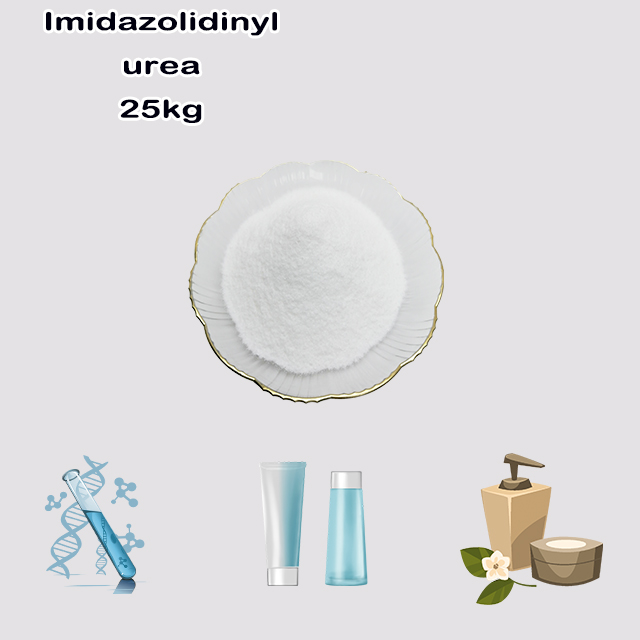
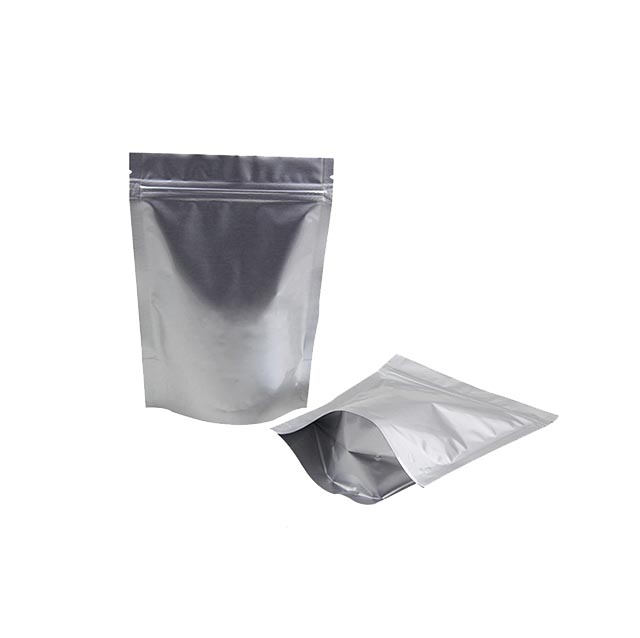
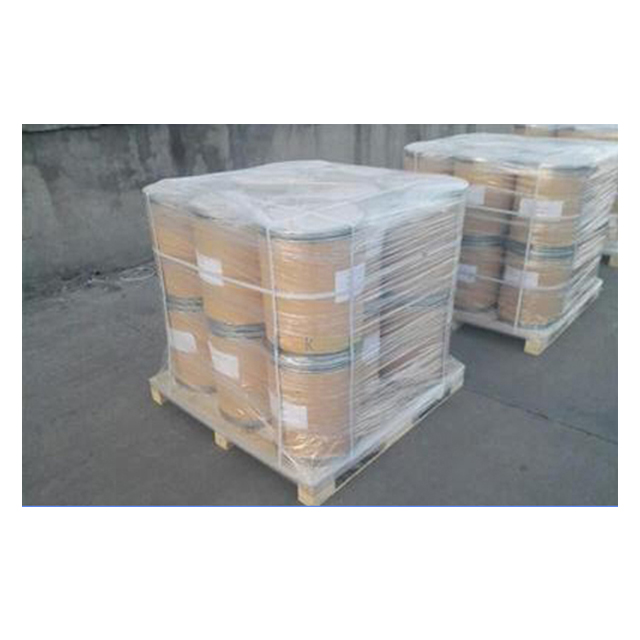
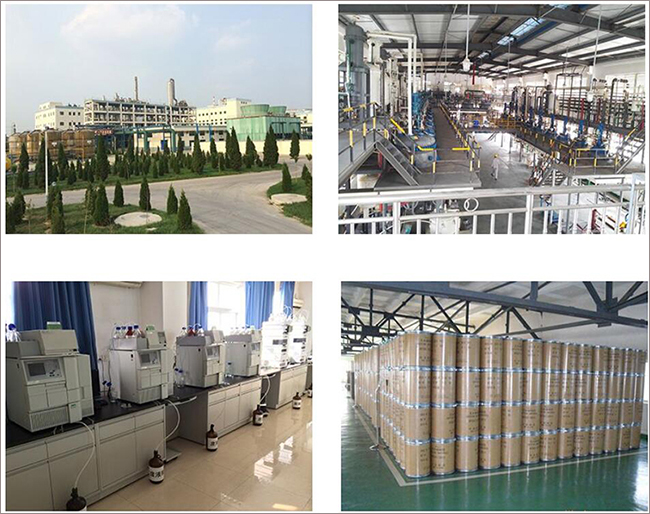






Imidazolidinyl urea:
A synthetic preservative widely used in cosmetics (lotions, shampoos, makeup) and toiletries. It works by slowly releasing formaldehyde in moist environments, which kills bacteria and mold, extending product shelf life. Approved globally at ≤0.6%, it's effective and cost-efficient. However, it's a common contact allergen, especially for those sensitive to formaldehyde. While trace formaldehyde release is deemed safe in cosmetics by regulators, it's controversial due to formaldehyde's carcinogenic reputation (primarily from inhalation risks, not skin contact). If you have sensitive skin or wish to avoid formaldehyde-releasers, check labels for alternatives like phenoxyethanol.
Imidazolidinyl urea is a synthetic preservative commonly used in cosmetics, personal care products, and some industrial applications. Here's a detailed breakdown:
Chemical Function:
It's a formaldehyde-releasing agent. In moist environments, it slowly breaks down to release small amounts of formaldehyde over time.
Formaldehyde acts as a broad-spectrum antimicrobial, preventing bacterial and fungal growth in products.
Common Uses:
Cosmetics & Toiletries: Shampoos, conditioners, lotions, creams, makeup, liquid soaps, baby wipes.
Industrial: Adhesives, paints, metalworking fluids.
Why It's Used:
Extends product shelf life by preventing spoilage.
Cost-effective and compatible with many formulations.
Works synergistically with other preservatives (e.g., parabens).
Safety & Controversy:
A potential contact allergen (especially for those with formaldehyde sensitivity).
Linked to dermatitis, eczema, or rashes in sensitive individuals.
Releases trace amounts of formaldehyde—a known human carcinogen (when inhaled in high doses).
Cosmetic use levels are considered safe by regulatory bodies, as skin exposure differs significantly from industrial inhalation risks.
Regulatory Status: Approved globally (EU, US, Canada, etc.) at concentrations ≤ 0.6%.
Formaldehyde Concerns:
Skin Sensitivity:
Misconception: Despite "urea" in its name, it is not related to urine-derived urea.
Labeling & Alternatives:
Look for: "Imidazolidinyl Urea" on ingredient lists (INCI name).
Alternatives: Preservatives like phenoxyethanol, potassium sorbate, sodium benzoate, or formaldehyde-free agents (e.g., ethylhexylglycerin).
Environmental Impact:
Biodegradable but can be toxic to aquatic life at high concentrations.
Imidazolidinyl urea is a widely used, cost-effective preservative that prevents microbial growth in water-based products by releasing formaldehyde. While approved and safe for most people at regulated levels, it can cause allergic reactions in sensitive individuals. If you have formaldehyde sensitivity or prefer to avoid formaldehyde-releasers, check product labels and opt for alternatives.

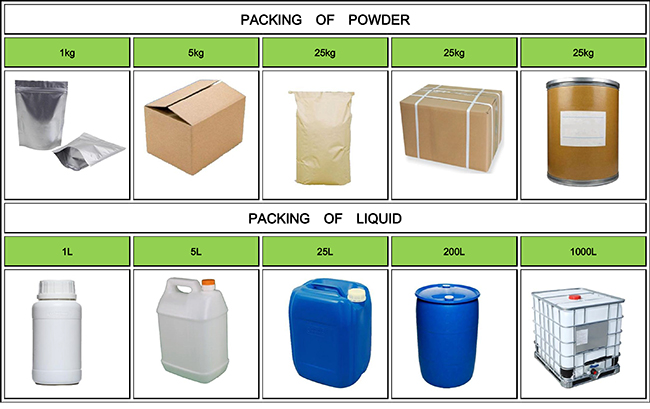


Fortunachem Provides Not Only Professional Chemical Products But Also Professional Help
Keeping you up-to-date with all the latest information, news, and events about Fortunachem!

Quick Links
Add:
E-mail:
 English
English  Español
Español  français
français  العربية
العربية 